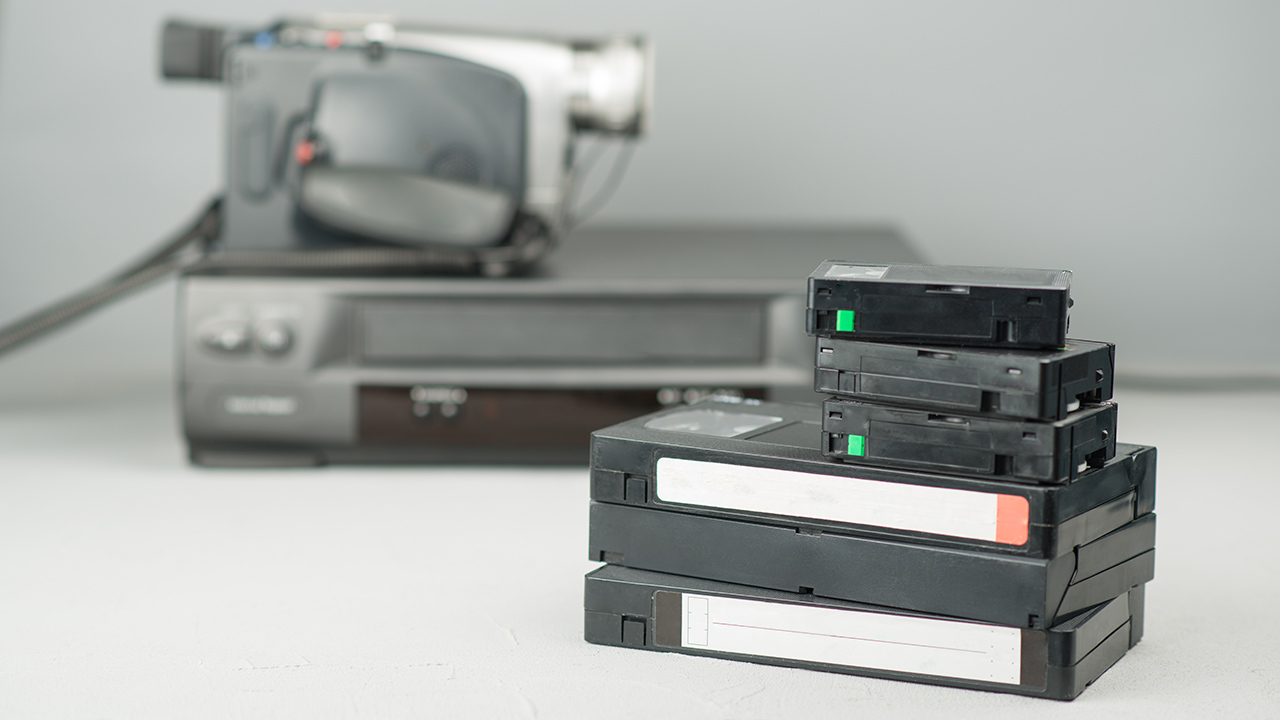
Replay: Today's low cost camera equipment is better than the gear television used to use for its high end programming. Yet we rarely remember just how poor the quality of television used to be.
Back in the 1990's there was a popular UK comedy show called The Fast Show. It may even be familiar to US readers too, given Johnny Depp's fandom of the show. I decided to watch some clips of it on YouTube to reminisce. I always remembered the series as being high quality, but watching them now showed just how dated the technology used to record them was. Then I decided to watch For Your Eyes Only, one of the classic Roger Moore era James Bond movies on iTunes.
Clearly, being watched via iTunes on an Apple TV it was in high definition. But then something occurred to me while watching it. Back in the days when I would used to watch such a film, I would either be watching it at Christmas after a few too many wines via over the air broadcast, or on VHS tape. But via any one of those two methods my brain does not remember seeing a 'low definition' version of the movie.
In other words, while the Apple TV version was in pristine HD I never once thought "OMG, it's amazing to see this film in such pristine HD vs that nasty old standard def version I used to watch!"
And that's simply because when I used to watch standard def on a CRT TV, especially a good one, things never really looked low definition unless you had a very well worn VHS tape or dirty play heads. My memory makes things feel like they looked pretty good, because at the time those were the best picture quality available for home viewing at the time. Okay, I grant you laserdisc was better, but I didn't have such a system.
It's generally only when we go back and actually look at things on those older systems that they appear so rubbish looking. Looking back at some old television episodes, particularly series such as the seminal Dempsey and Makepeace, starring Glynis Barber and Michael Brandon, it is amazing that we ever put up with such grainy images! Yet we did, week after week! Incidentally, if anyone knows the filming format for the series, I'd love to know because I don't believe IMDB's assertion that it was 35mm.
Ignorance, as they say, is bliss. And this is most definitely the case when it comes to filming and viewing formats. The only real way we know that what we currently have isn't so good is when we see something new and better. Until that point we are generally fine to just use what we have. For example I only started to realise the limitations of normal VHS when I started using S-VHS. And then when DVD came along the quality level was pushed even further. So I'm not advocating that well worn trope of complaining about how things are progressing so quickly. But I would say that for those of you who remember 'the old days' with analogue video tapes that would 'give any of todays HD a run for its money', it's probably better to keep those rose tinted spectacles on rather than actually going back to watch any of them!
Things are a lot better now. Video is much more pliable. We can do much more with it in post. And importantly, even a low priced camera today will produce an infinitely better picture than the gear used to film and distribute some of television's top flagship programmes of the past. In fact it could be argued that some models of smartphone now produce a picture that eclipses the quality that was possible on some of the top TV camera equipment of not so very long ago.
It's important that we remember this. There are many things limiting production now, but the quality of the camera of any budget isn't really one of them any more.
Title image: Shutterstock - Oleg Krugliak
Tags: Production


Comments